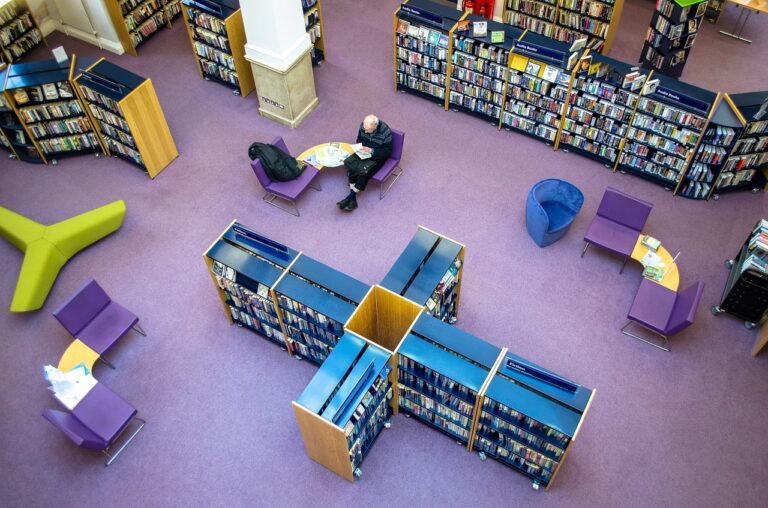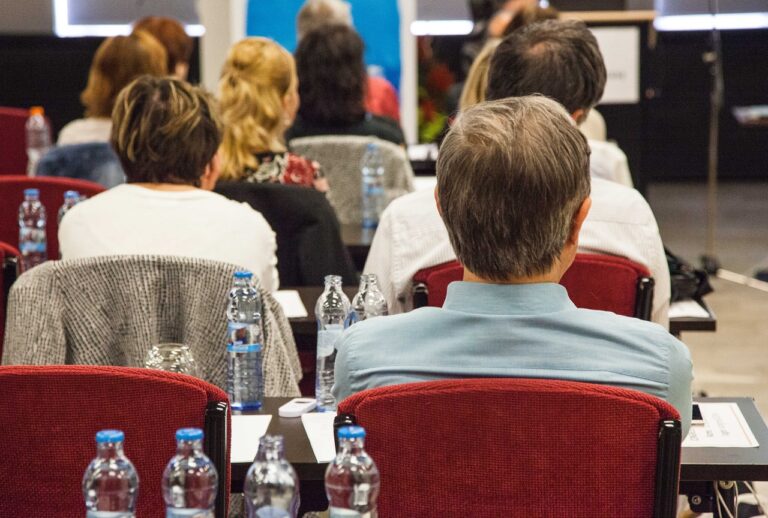Exploring Culturally Responsive Approaches to Physical Education
Culturally responsive education in physical education is a critical approach that takes into account the various cultural backgrounds and identities of students. It aims to create a more inclusive and equitable learning environment where all students feel valued and respected. This pedagogical framework recognizes the importance of cultural competence in teaching practices, curriculum development, and overall student engagement in physical education settings. By embracing diversity and understanding the cultural perspectives of students, educators can better cater to the needs and interests of all learners.
Incorporating culturally responsive strategies in physical education helps to break down barriers that may exist due to differences in cultural backgrounds. It promotes mutual understanding, respect, and collaboration among students from diverse cultural backgrounds, fostering a sense of belonging and community within the learning environment. By acknowledging and celebrating the unique cultural identities and experiences of students, educators can create a more enriching and empowering educational experience that benefits the holistic development of all learners.
Understanding the Importance of Cultural Competence in Physical Education
Cultural competence in physical education is crucial for creating an inclusive and welcoming environment for all students. By acknowledging and respecting the diverse backgrounds of students, educators can better understand their unique needs and preferences. This can lead to a more effective and engaging learning experience for everyone involved, promoting not only physical development but also social and emotional growth.
Through cultural competence, physical education teachers can tailor their lessons to be more relevant and meaningful to students from various cultural backgrounds. By incorporating diverse perspectives and incorporating culturally relevant activities, educators can help students see the value of physical education in their own lives. This approach not only promotes participation and enjoyment in class but also fosters a sense of belonging and acceptance, which are essential for creating a positive and inclusive learning environment.
What is cultural competence in physical education?
Cultural competence in physical education refers to the ability of educators to understand and respect the cultural backgrounds, beliefs, and practices of their students, and to incorporate this understanding into their teaching methods.
Why is cultural competence important in physical education?
Cultural competence is important in physical education because it helps create a more inclusive and supportive learning environment for all students. It also allows educators to better connect with their students and tailor their teaching methods to meet the needs of diverse cultural groups.
How can educators develop cultural competence in physical education?
Educators can develop cultural competence in physical education by educating themselves about different cultures, being open to learning from their students, and adapting their teaching methods to be more inclusive and culturally responsive.
What are some examples of culturally responsive practices in physical education?
Some examples of culturally responsive practices in physical education include incorporating diverse cultural games and activities into the curriculum, using culturally relevant examples and references in teaching, and being sensitive to the cultural backgrounds and needs of individual students.
How can cultural competence benefit students in physical education?
Cultural competence in physical education can benefit students by helping them feel more included and valued in the learning environment, improving their engagement and motivation, and enhancing their overall learning experience.





